Overleaf 模板库社区文章 — Recent
论文、演示文稿、报告等,以 LaTeX 编写并由我们的社区发布。
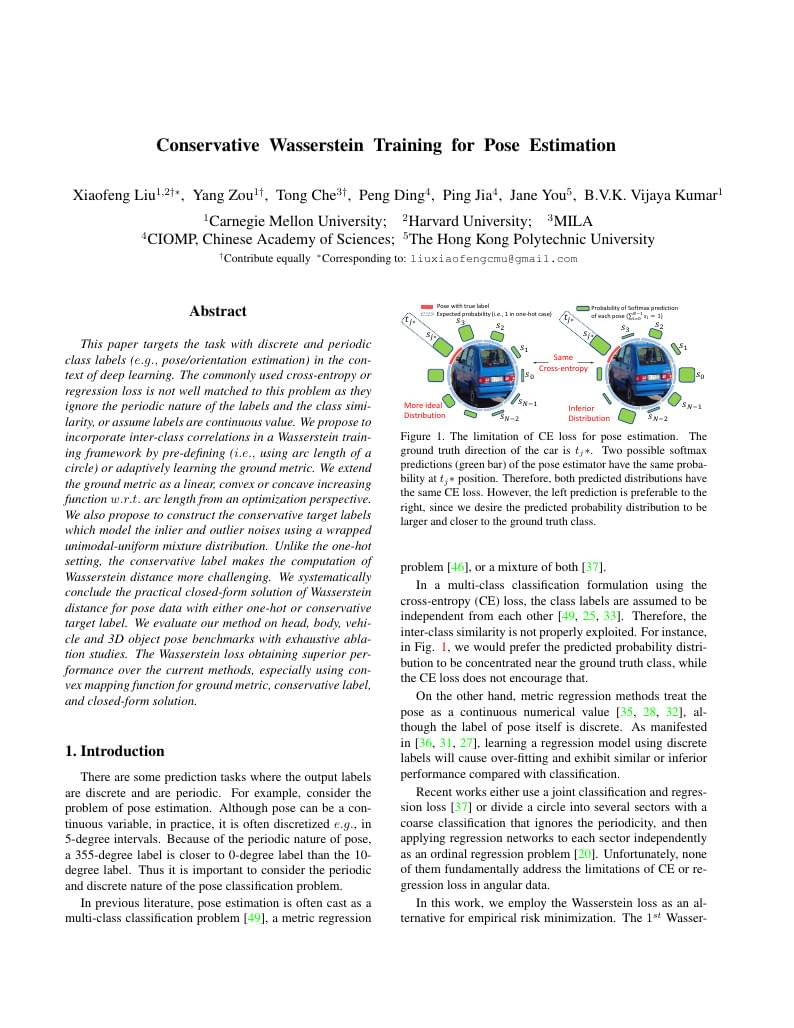
Paper presented at ICCV 2019. This paper targets the task with discrete and periodic class labels (e.g., pose/orientation estimation) in the context of deep learning. The commonly used cross-entropy or regression loss is not well matched to this problem as they ignore the periodic nature of the labels and the class similarity, or assume labels are continuous value. We propose to incorporate inter-class correlations in a Wasserstein training framework by pre-defining (i.e., using arc length of a circle) or adaptively learning the ground metric. We extend the ground metric as a linear, convex or concave increasing function w.r.t. arc length from an optimization perspective. We also propose to construct the conservative target labels which model the inlier and outlier noises using a wrapped unimodal-uniform mixture distribution. Unlike the one-hot setting, the conservative label makes the computation of Wasserstein distance more challenging. We systematically conclude the practical closed-form solution of Wasserstein distance for pose data with either one-hot or conservative target label. We evaluate our method on head, body, vehicle and 3D object pose benchmarks with exhaustive ablation studies. The Wasserstein loss obtaining superior performance over the current methods, especially using convex mapping function for ground metric, conservative label, and closed-form solution.

Gleiston Guerrero Ulloa's CV
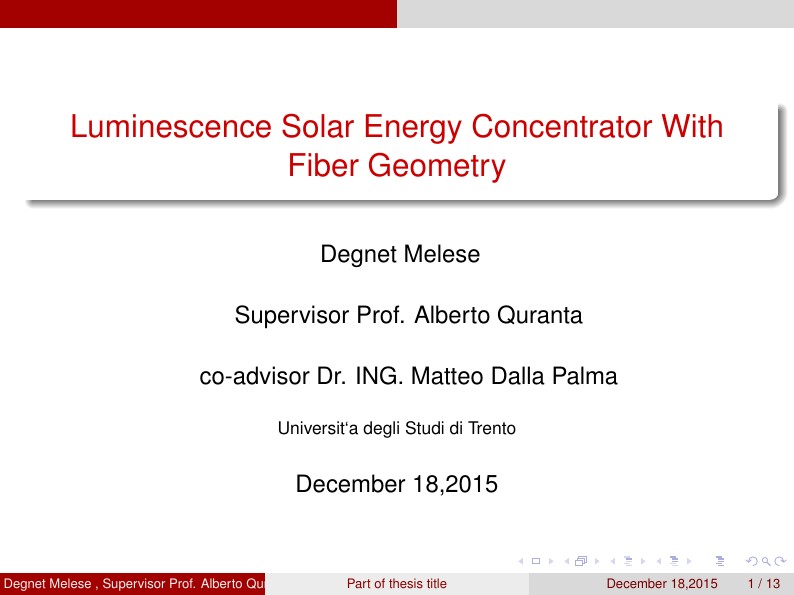
Thesis presentation created using the Beamer arrows template from TeXample.net
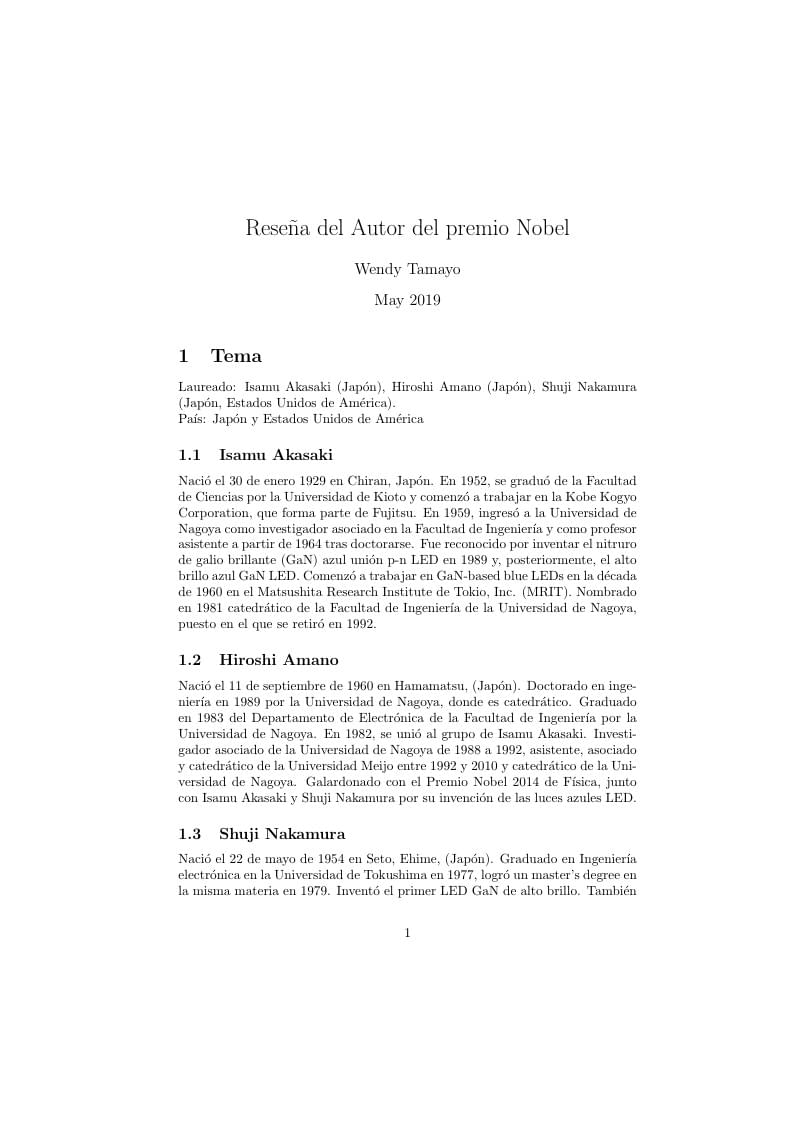
Reseña del Autor del premio Nobel
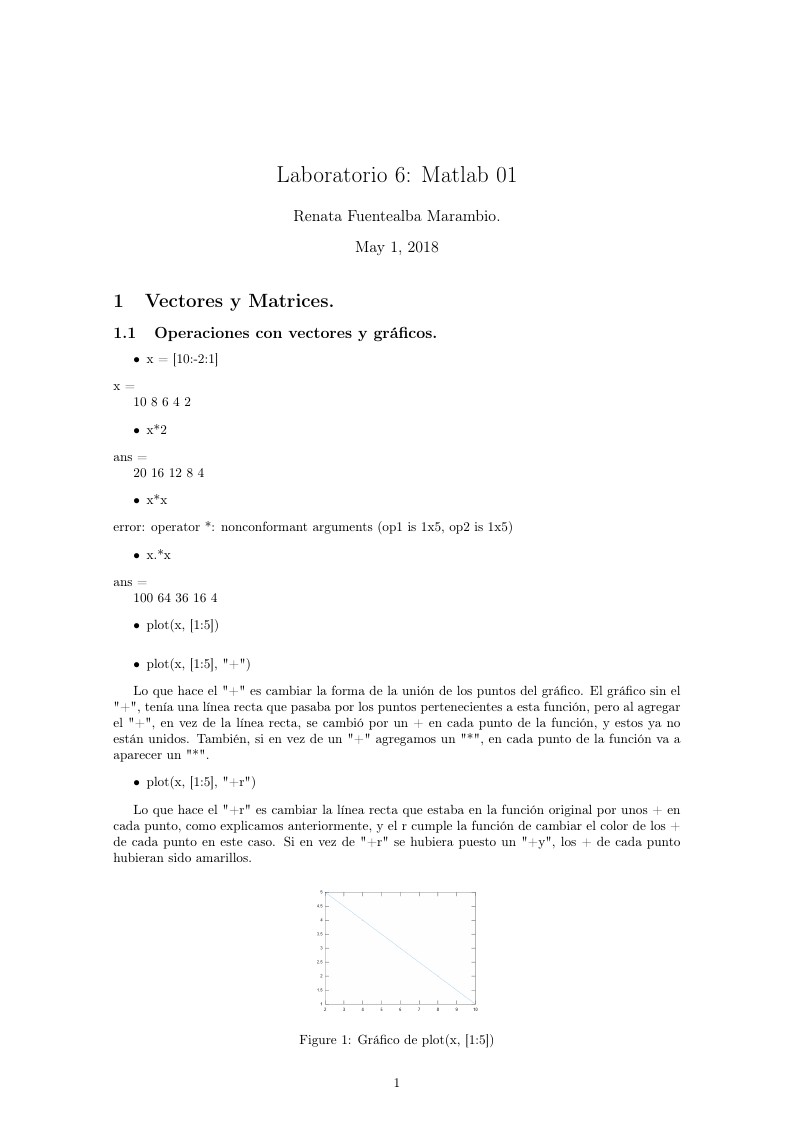
Trabajo Herramientas.
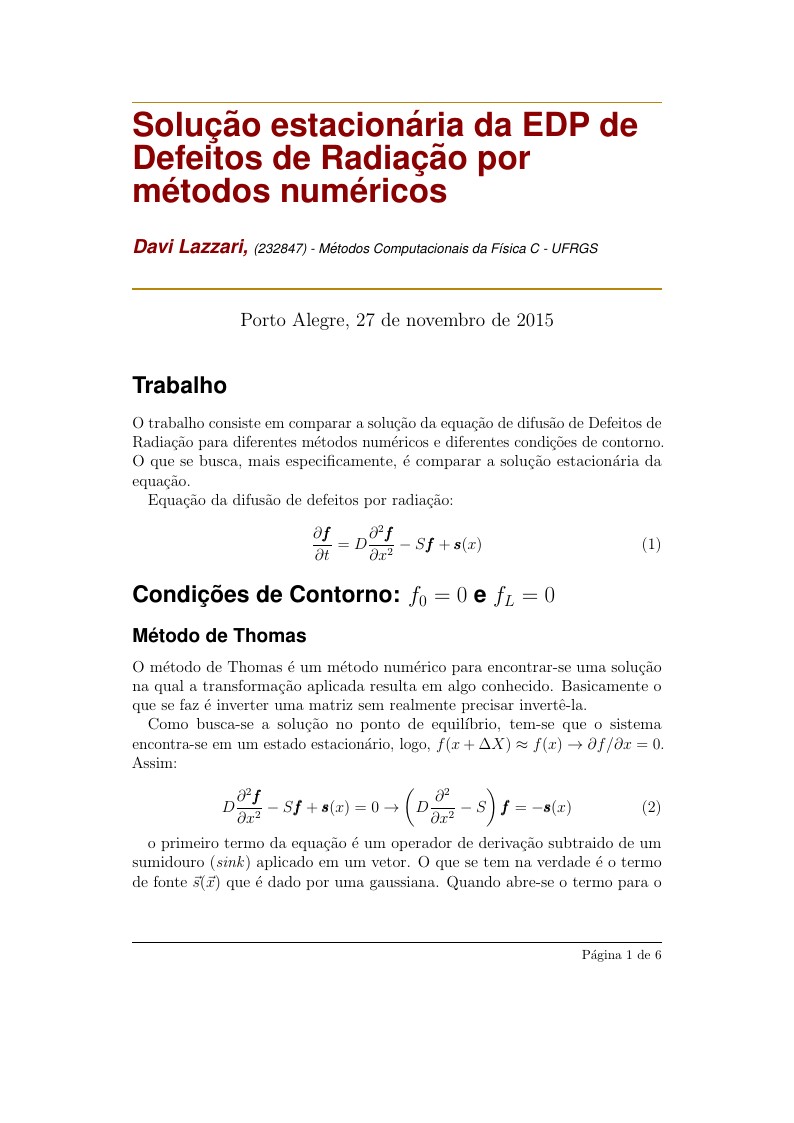
It's a work that discuss solutions of an specific equation using different numerical methods.
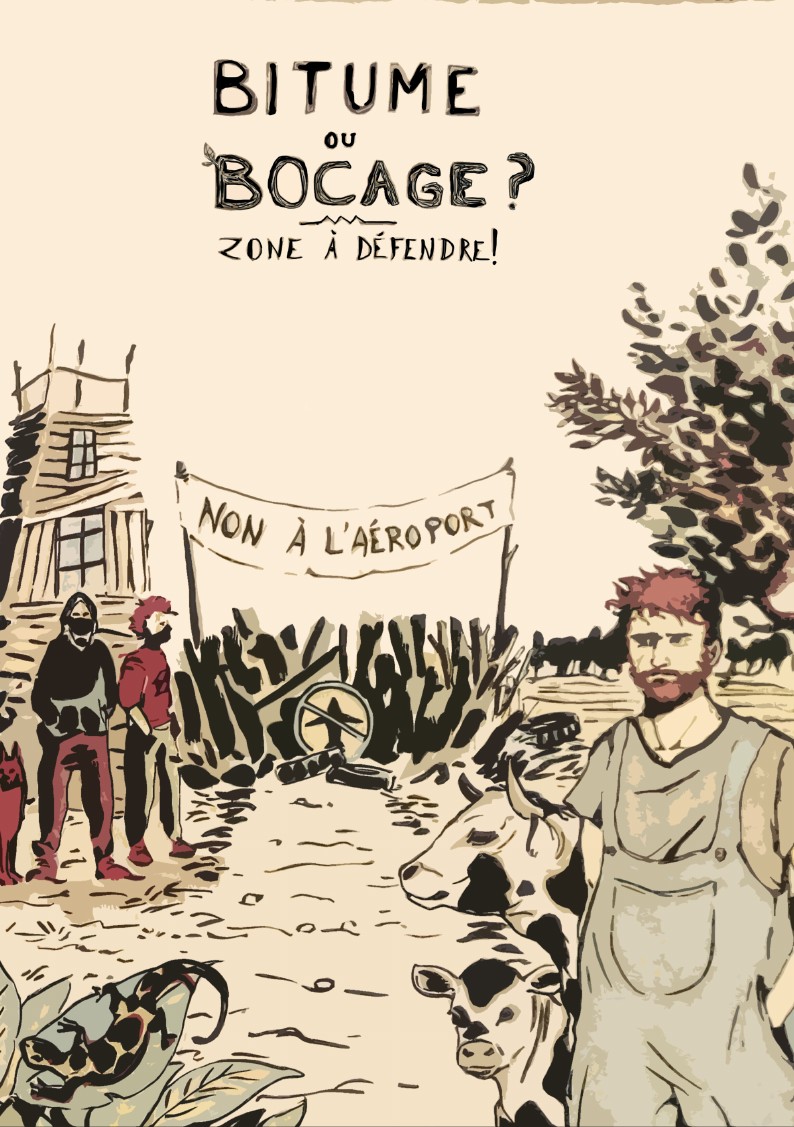
Ce livret retrace l'histoire de la lutte contre le projet de l'aéroport international du Grand Ouest, à Notre-Dame-Des-Landes à une vingtaine de kilomètres au nord de Nantes, en apportant des arguments pour expliquer les raisons d'être et les motivations du mouvement de la résistance. Il est rédigé à l'origine pour accompagner le jeu de plateau coopératif "Zone à Défendre" .
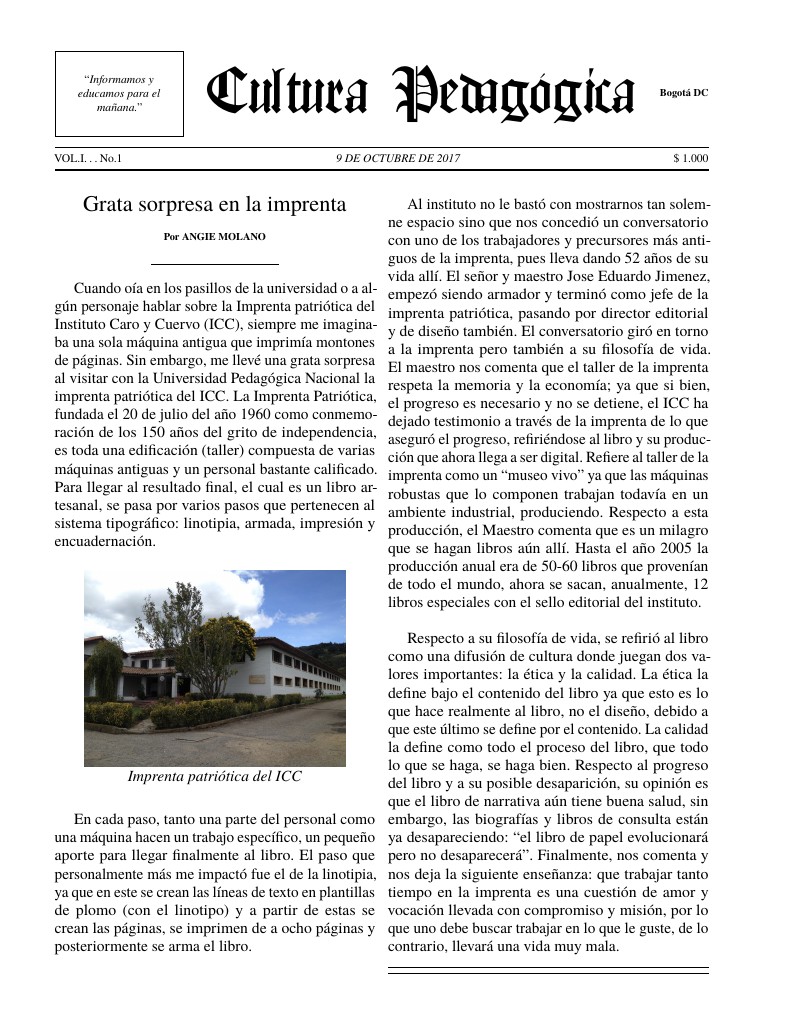
Breve crónica sobre la visita a la imprenta patriótica del Instituto Caro y Cuervo por parte de la universidad Pedagógica Nacional.
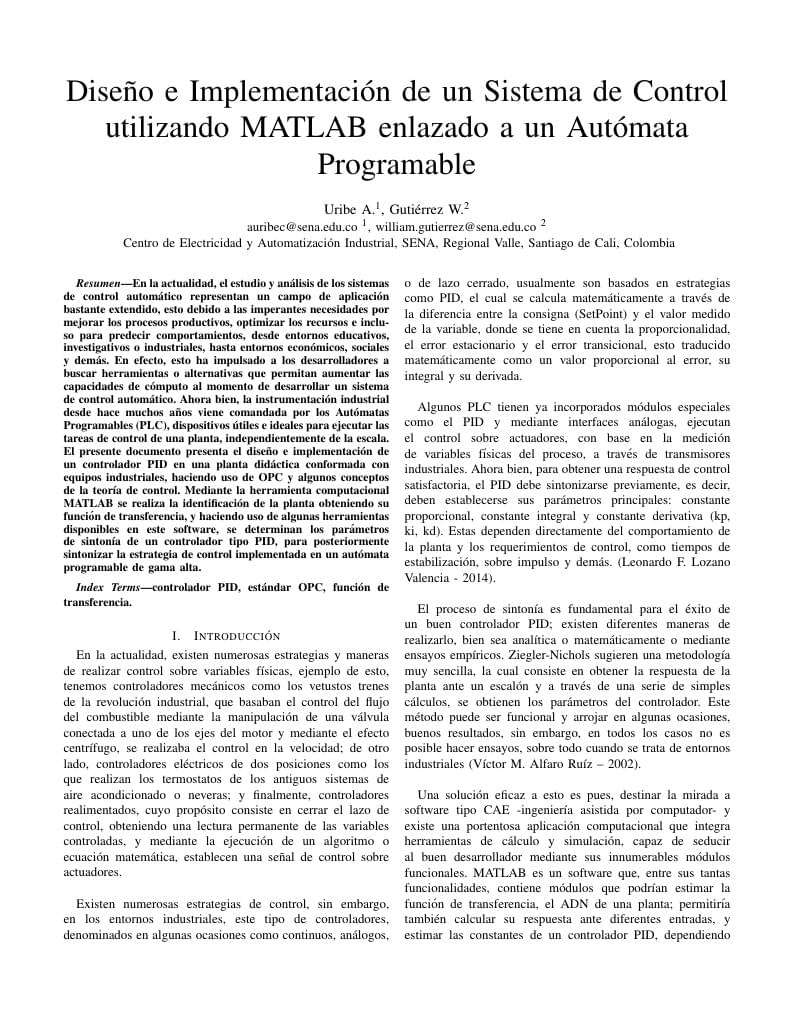
En la actualidad, el estudio y análisis de los sistemas de control automático representan un campo de aplicación bastante extendido, esto debido a las imperantes necesidades por mejorar los procesos productivos, optimizar los recursos e incluso para predecir comportamientos, desde entornos educativos, investigativos o industriales, hasta entornos económicos, sociales y demás. En efecto, esto ha impulsado a los desarrolladores a buscar herramientas o alternativas que permitan aumentar las capacidades de cómputo al momento de desarrollar un sistema de control automático. Ahora bien, la instrumentación industrial desde hace muchos años viene comandada por los Autómatas Programables (PLC), dispositivos útiles e ideales para ejecutar las tareas de control de una planta, independientemente de la escala. El presente documento presenta el diseño e implementación de un controlador PID en una planta didáctica conformada con equipos industriales, haciendo uso de OPC y algunos conceptos de la teoría de control. Mediante la herramienta computacional MATLAB se realiza la identificación de la planta obteniendo su función de transferencia, y haciendo uso de algunas herramientas disponibles en este software, se determinan los parámetros de sintonía de un controlador tipo PID, para posteriormente sintonizar la estrategia de control implementada en un autómata programable de gama alta.